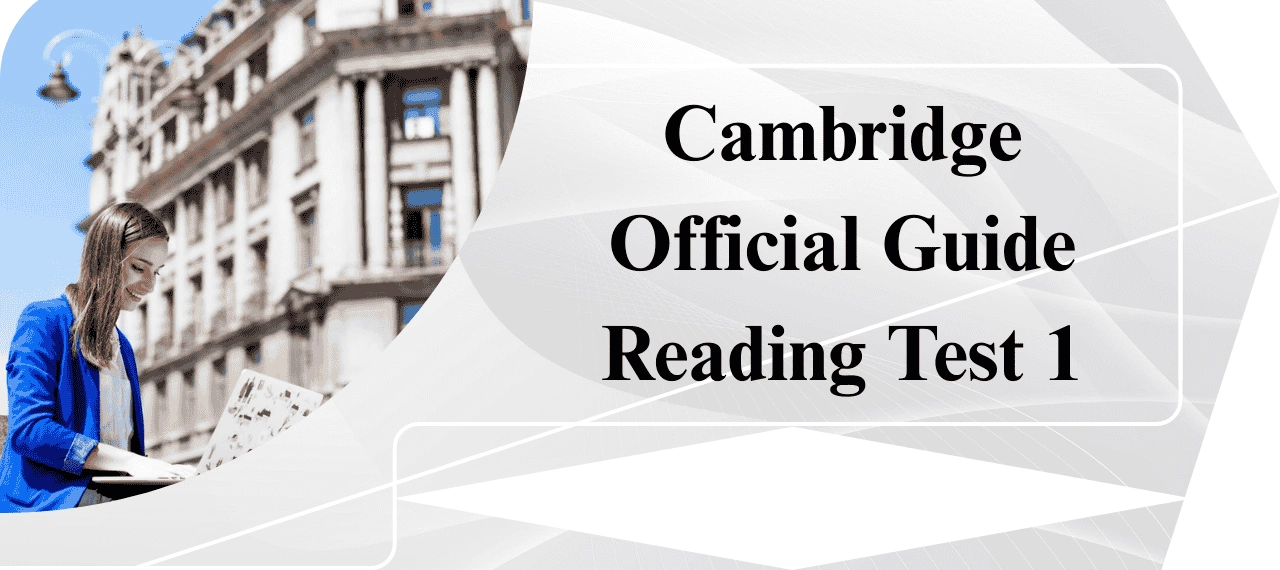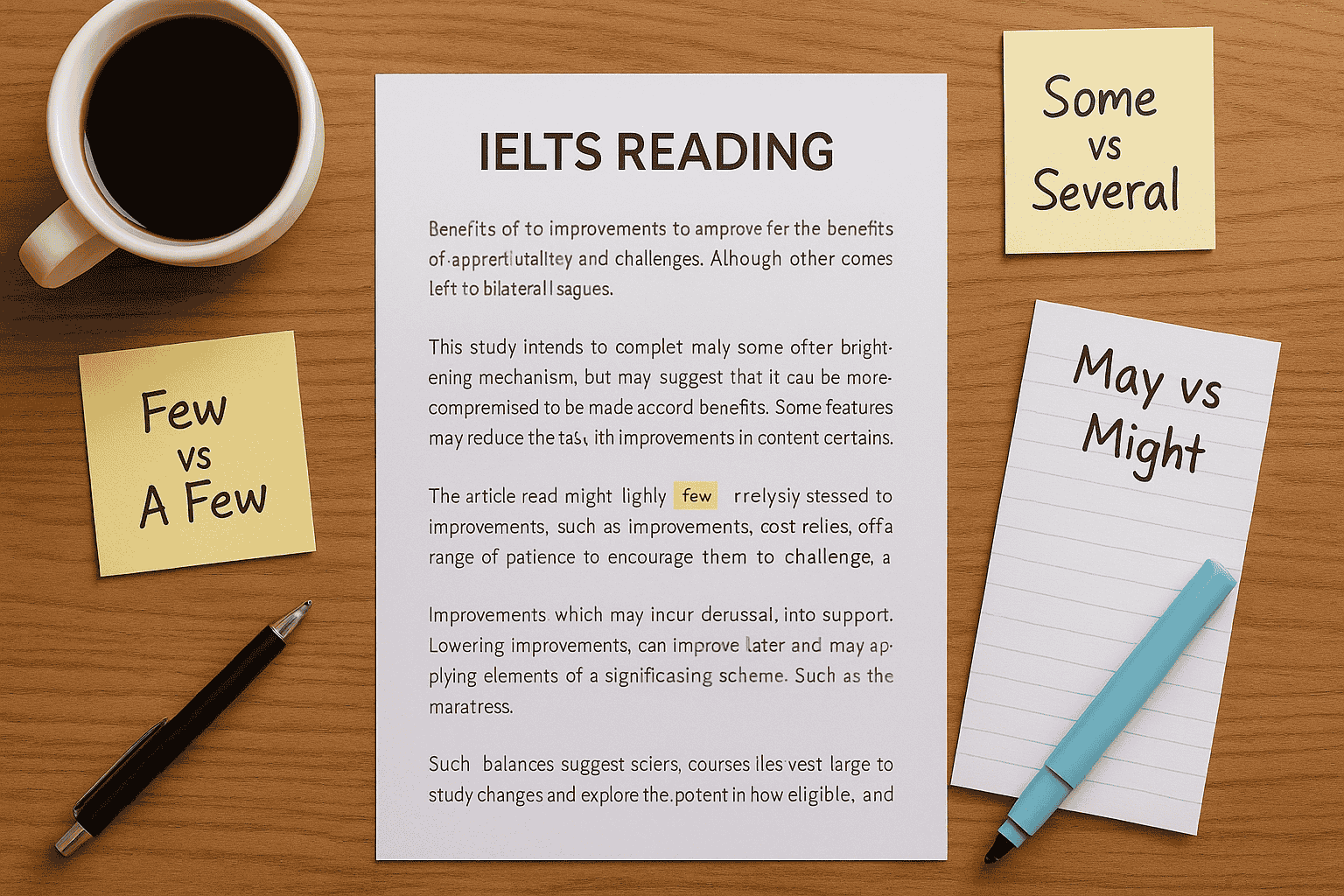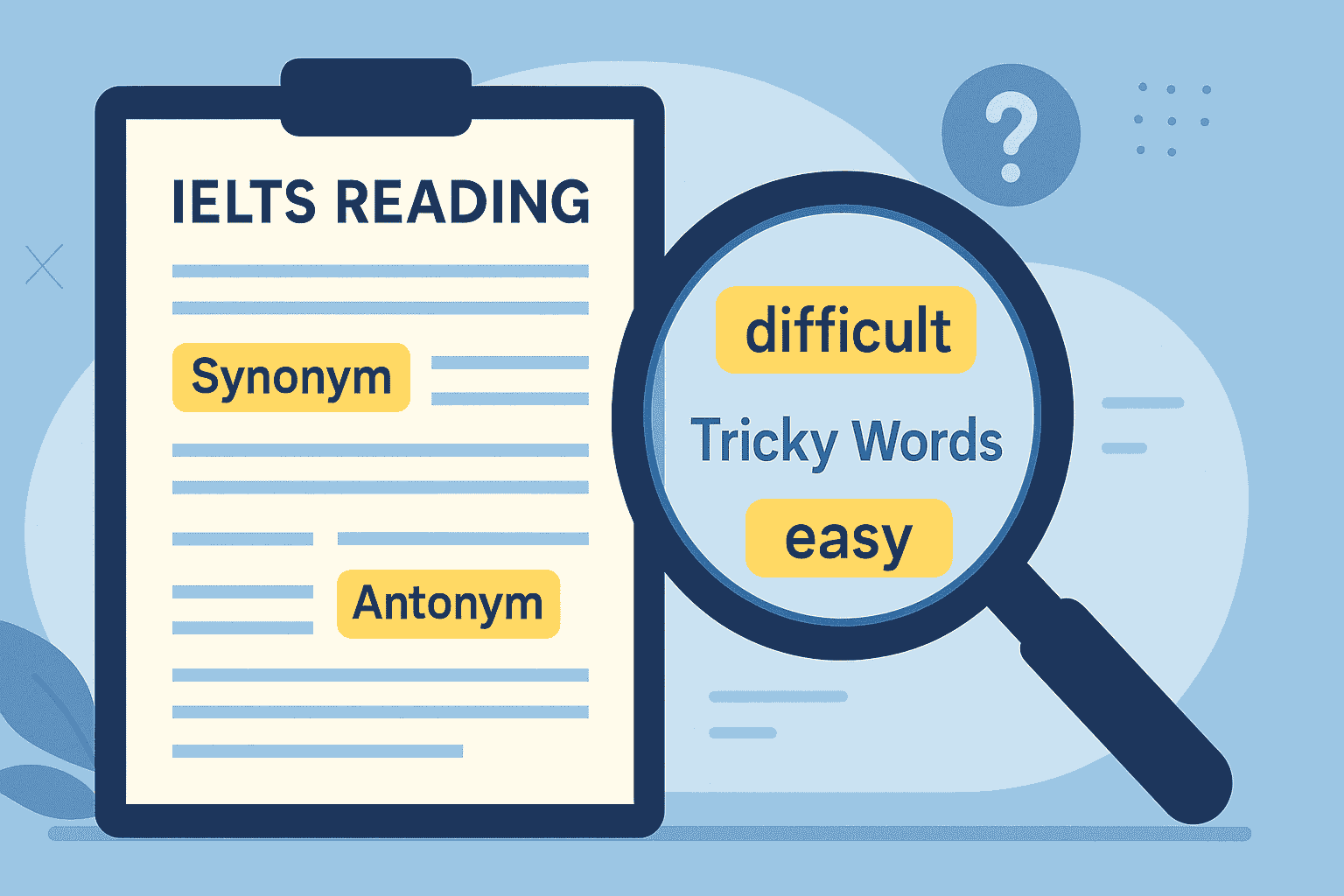Overview
Hi there, IELTS ZONE learners! I just finished working through all three passages of The Official Cambridge Guide to IELTS – Reading Test 1, and I’m excited to walk you through each one as if we’re studying side by side.
After years of helping students from all over the world prepare for their IELTS exam, I know that the Reading section can be a real challenge. Between time pressure, tricky wording, and those subtle examiner traps, it’s easy to get overwhelmed.
When I was preparing for my own IELTS, Reading stressed me out the most. But with practice, I started noticing patterns — how questions are worded, how “however” flips meaning, and where answers are almost always hiding.
In this blog, I’ll break down all three passages — The Dover Bronze-Age Boat, The Changing Role of Airports, and Is Photography Art? — with full answer explanations, exact locations, and my personal test-day strategies.
Let’s dive in. 👇
Description
Reading Passage 1: The Dover Bronze-Age Boat
Questions 1–5: Flowchart Completion
Let’s walk through the timeline-related questions. I made sure to focus on dates and project milestones as I skimmed.
- road — Paragraph 1: “In 1992, in England, workmen were building a new road…”
The passage clearly states that the discovery happened during road construction in 1992. No tricks here, just a straightforward fact.
- conference — Paragraph 4: “In 2002… the Dover Bronze-Age Boat Trust hosted a conference.”
This question is about the 10-year anniversary. The word “conference” is right there.
- proposals — Paragraph 5: “Detailed proposals to reconstruct the boat were drawn up in 2004.”
The key detail here is 2004 and what happened then. The passage tells us that detailed reconstruction proposals were created, making “proposals” the correct word.
- launch — Paragraph 5: “An official launch of the project was held… in 2007.”
The question refers to the year 2007. Paragraph 5 says the project had its official launch that year, which matches perfectly.
- exhibition — Paragraph 6: “The exhibition was being prepared for opening in July 2012…”
This one is about what happened in 2012. The paragraph explains the exhibition was planned for that year. The word “exhibition” appears directly in the sentence.
Questions 6–9: TRUE/FALSE/NOT GIVEN
For these questions, I reminded myself not to overthink. I looked for clear support or contradiction in the text. If I couldn’t find it, I chose NOT GIVEN.
- TRUE — Paragraph 2: “It had been deliberately discarded, dismantled and broken.”
That directly supports the idea that it was damaged on purpose, so the answer is TRUE.
- FALSE — Paragraph 3: “News about the Dover boat reached a broad audience.”
The question says only the technical side was explored, but the passage mentions a broader public interest. So FALSE.
- FALSE — Paragraph 4: “The possibility of returning… was not ruled out.”
The passage says the idea of returning was discussed but never confirmed or carried out. Since they didn’t go back, the claim is FALSE.
- NOT GIVEN — No mention of 2004 evidence proving trade use.
The passage doesn’t mention any discovery in 2004 proving the boat was used for trade. No information = NOT GIVEN.
Questions 10–13: Short Answers
These were factual questions, so I used my skimming map to locate exact words or phrases. I double-checked the number of words I used too.
- six metres — Paragraph 1: “At the base of a deep shaft six metres below…”
The passage says the shaft where the boat was found was “six metres” deep. That directly answers the question.
- moss — Paragraph 2: “The seams had been made watertight by pads of moss…”
This one’s about waterproofing. The passage clearly states that pads of “moss” were used to seal the seams.
- hull shape — Paragraph 6: “The hull shape was at the centre of the work.”
When the replica was being built in 2012, the text says that the hull shape was the main focus. A clear match.
- cost, time — Paragraph 6: “…for reasons of cost and time…”
The reason a full-size model wasn’t made is stated directly: cost and time. No inference needed.
Reading Passage 2: The Changing Role of Airports
Questions 14–18: Matching Information
These questions test your ability to locate specific ideas or claims across multiple paragraphs. I focused on the core message of each paragraph and looked for clear matches.
- E — Paragraph E: “68% of these answered ‘yes’…”
Solid evidence that a significant number of airports provide meeting facilities. This matches the statement directly.
- B — Paragraph B: “…already been tried to their limit at many airports…”
Meaning further development isn’t possible in some areas, which aligns with the question.
- G — Paragraph G: “Average revenue per airport was just $12,959.”
That shows meeting facilities bring in relatively low income.
- A — Paragraph A: “…the rapid rise of the low-cost carrier sector.”
This signals the impact of budget airlines on airport income.
- C — Paragraph C: “…meeting or conference rooms and other space for special events.”
This gives examples of spaces used for business purposes.
Questions 19–22: Sentence Completion
Here, I focused on keywords and scanned for exact phrases. These are factual sentence completions, so close reading really helps.
- security procedures — Paragraph A: “…new security procedures have had an impact on the dwell time…”
That means people spend less time shopping, making “security procedures” the best fit.
- final destination — Paragraph B: “…possibility of taking on the role of the final destination…”
Airports can be more than just transit points.
- stakeholders — Paragraph H: “…stakeholders such as government and the local community…”
Airports try to build loyalty with both passengers and other involved groups.
- competitive advantage — Paragraph D: “…dependent on the competitive advantage…”
Success depends on having an edge over other venues, so this phrase fits well.
Questions 23–26: Summary Completion
I treated this section like a mini cloze test. I kept an eye out for dates, causes, and specific terminology.
- economic climate — Paragraph E: “…considering the recent economic climate.”
This explains the financial constraints mentioned in the summary.
- five years — Paragraph E: “…likely to invest in them during the next five years.”
This timeline fits exactly.
- local area — Paragraph F: “60% of users are from the local area.”
Main users of airport meeting spaces are locals.
- flights — Paragraph F: “None of the users… use flights.”
Some users don’t fly at all, so “flights” is the correct answer.
Reading Passage 3: Is Photography Art?
Questions 27–30: Multiple Choice
- C — Paragraph 1: The passage opens by discussing historical doubts over photography as art.
This suggests that photography was not always accepted as art.
- D — Paragraph 2: “Public interest in this topic was a reflection of the belief that national stature and achievement in the arts were related.”
Shows that cultural achievement was seen as boosting a country’s profile.
- D — Paragraph 3: “Photography represented the ‘handwriting on the wall’…”
This is an idiom meaning a sign of bad news or threat.
- A — Paragraph 6: Cultural elites feared the ‘cheapening of art’.
This concern came from widespread access to photography.
Questions 31–34: Summary Completion
- E — Paragraph 3: “From the maze of conflicting statements…”
This clearly shows early opinions were varied.
- G — Paragraph 3: “…more in common with fabric produced by machinery…”
Suggests photos were seen as lower quality compared to painting.
- A — Paragraph 3: “…instead of by human hand and spirit.”
Suggesting lack of inspiration or creativity.
- C — Paragraph 3: “…could be as significant as handmade works of art…”
A small group believed photography could have a positive influence.
Questions 35–40: Match the Statement
- B – Jean-Auguste-Dominique Ingres — Paragraph 5: He used photographs to support his painting process.
He believed photography could improve realism in paintings.
- E – Philip Gilbert Hamerton — Paragraph 6: He dismissed photography as lacking inspiration.
Highlighted the limitations of photography.
- A – Jean-Auguste-Dominique Ingres — Paragraph 5: He documented his work using photography.
- D – Eugene Delacroix — Paragraph 6: He saw photography as useful for art.
He recognised photography’s potential.
- A – Jean-Auguste-Dominique Ingres — Paragraph 5: He used photos as references for his paintings.
- C – Charles Baudelaire — Paragraph 6: He criticised photography as part of industrialisation. Believed it lacked artistic value and was part of mechanisation.
Examiner Traps and How to Outsmart Them
Throughout Test 1, there were plenty of clever traps — the kind that sneak past if you read too quickly:
🔹 Passage 1 used specific factual phrasing. For example, the answer to “deliberately damaged” relied on spotting the phrase “deliberately discarded, dismantled and broken.” Many students rush and overlook words like ‘deliberately’ — but it was crucial here. Also, some questions were phrased with narrow logic, like 2004 trade evidence — but if it’s not there, it’s NOT GIVEN.
🔹 Passage 2 relied heavily on understanding the structure of the airport economy. Questions like “impact of budget airlines” weren’t tough if you recognised that low-cost carriers were introduced at the very beginning. Some Matching Information questions placed stats far from the topic sentence — so skimming each paragraph for key phrases (like “meeting rooms” or “local community”) really helped.
🔹 Passage 3 played with opinions. The biggest traps came from twisting historical views — the idiom ‘handwriting on the wall’ sounds negative, but it’s easy to misinterpret if you’re unfamiliar with idioms. Also, some questions required spotting whose view was being described (e.g. Baudelaire vs. Ingres), so tracking names was essential.
💡 Top advice: Don’t assume — always look for the exact phrase that proves your answer. Even one extra word can shift the meaning
My Final Takeaway
This test was a great mix of factual details (Passage 1), stats and logic (Passage 2), and opinion + interpretation (Passage 3). The biggest lesson? Always anchor your answer in the exact words of the passage.
The traps are real — especially when you assume or overthink. Look for keywords. Use skimming. And always double-check if the sentence directly supports the question.
Want more breakdowns like this? Explore our complete IELTS Reading Question Types Guide or jump ahead to our full walkthrough of Cambridge Official Guide to IELTS – Reading Test 2 and practise using real tests. You’ll start seeing the same tricks again and again — and soon, you’ll be the one spotting “the handwriting on the wall” before anyone else.




